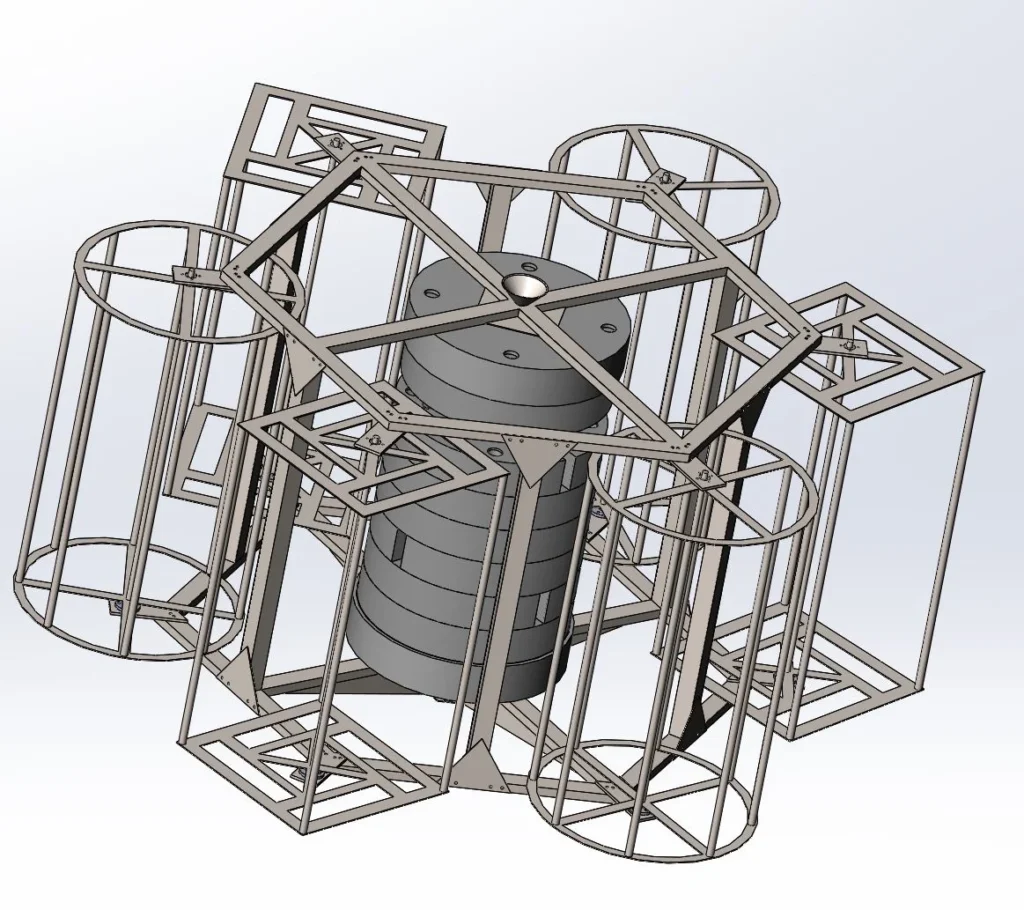Structures
Creating new aquaculture systems and structures to support reliable and cost effective open ocean aquaculture.
That's why our team of scientists, industry, iwi and international collaborators aim to revolutionise New Zealand’s approach to the design and testing of OOA structures. We will build on existing knowledge and capability to confidently create aquaculture systems and structures for reliable and cost-effective shellfish and seaweed OOA.
Fit-for-purpose structures
Bringing multi-disciplinary research together to create structures that work for our target aquaculture species.
To build structures that enable successful farming of our target aquaculture species, we need to understand the biology of the shellfish and seaweed – how do they reproduce, how much light or what kind of food do they need? These are questions must be answered before we design a structure.
We also need to understand the ocean environment and how it is likely to interact with the species and the structure. Shellfish, for example, must be held up by floats but away from surface wave energy, while buoyant seaweeds must be held down but near the surface to gather light for growth. By looking at all of these components of the challenge together, we’ll be in a position to develop viable farming systems.
Modelling is a key component of the structure development process, because it will enable us to be confident that our designs will be effective before we construct full-scale prototypes and run trials.
Prototype trials will occur after the modelling and simulation phases of research and development are complete and our design has been refined. Testing these structures under real-world conditions on commercial farms owned by industry partners to the Programme will let us know if they’re workable and ready to be scaled-up and put to commercial use. Another way we’ll assess our structures is by integrating remote monitoring and automation systems to reduce farm visits and minimise vessel/fuel requirements.
Finally, we will adapt husbandry methods to the new structures and environment and prepare for commercial scale-up.

